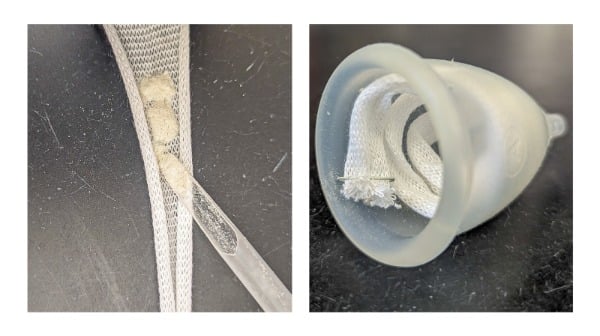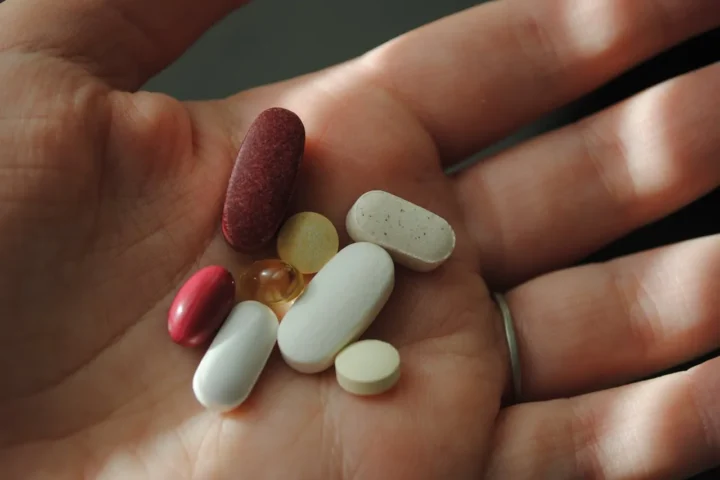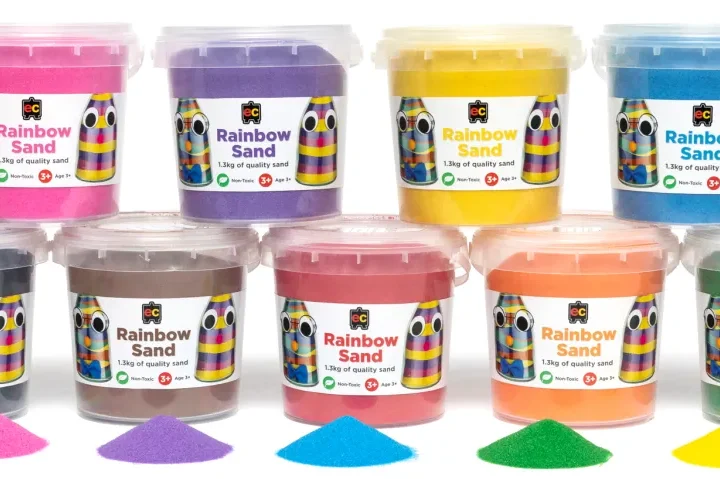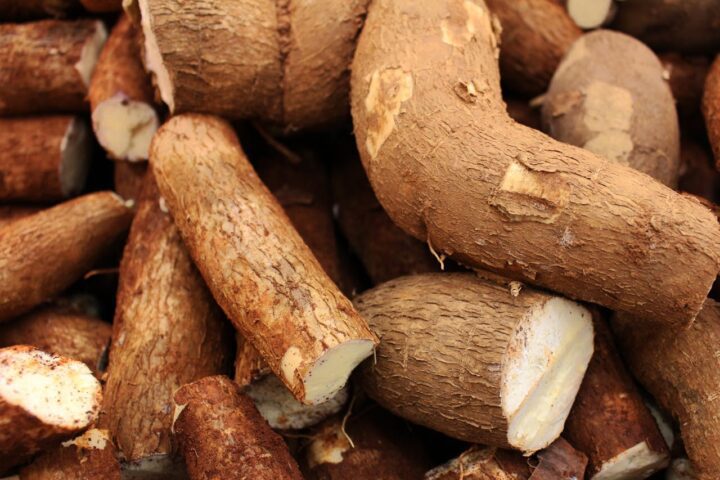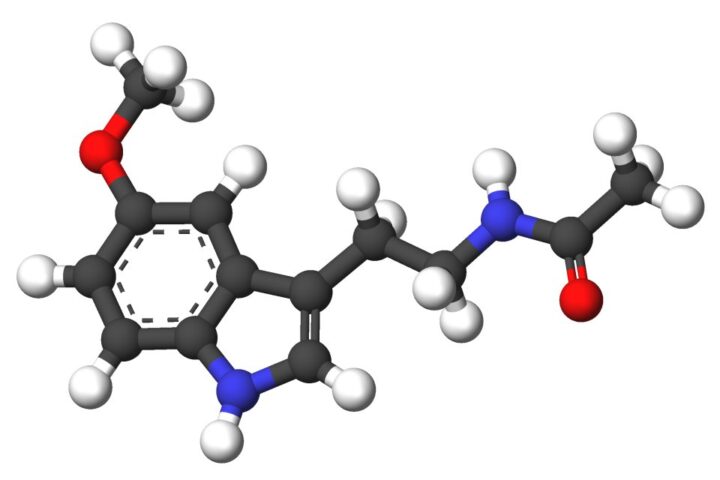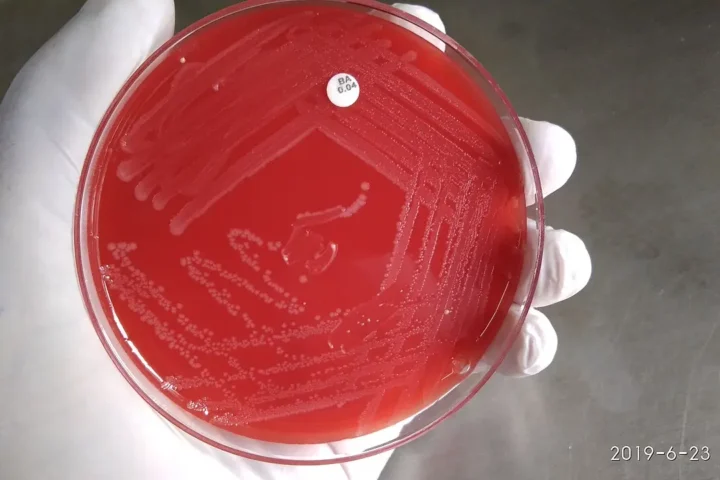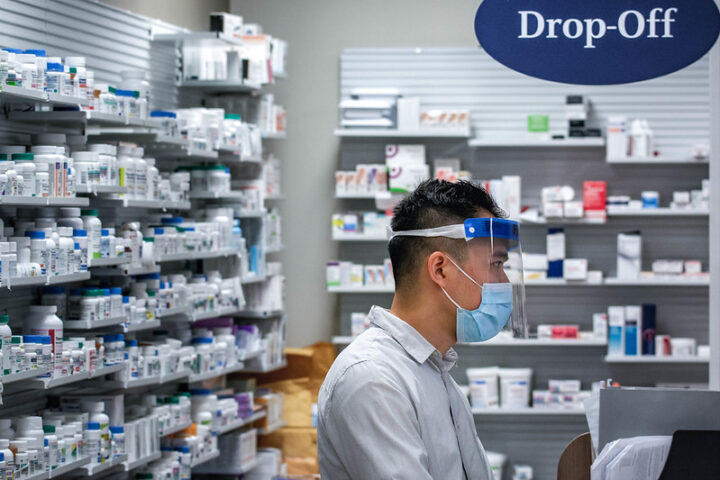From Seaweed to Superpad: How Scientists Are Solving Century-Old Leakage Problems
Leakage is widely reported as the leading concern for menstruators—often causing embarrassment, missed school or work, and anxiety about staining. Recent Virginia Tech research indicates this occurs roughly 1.2 times per cycle. But what if there was a way to turn menstrual blood into a gel that stays put, even when squeezed?
Scientists at Virginia Tech have done exactly that. Their alginate-glycerol powder formulation transforms liquid menstrual blood into a stable gel, addressing both leakage concerns and environmental waste issues that have plagued the menstrual care industry for over a century.
The Problem: Products Stuck in the Past
The forerunners of modern period care date back well over a century: Johnson & Johnson’s “Lister’s Towels” in 1888 mark the first disposable pad; Dr. Earle Haas was granted a tampon patent in 1933 (leading to Tampax); and Leona Chalmers patented the first rubber menstrual cup in 1937. Despite technological advances in virtually every other area of life, period products have remained remarkably unchanged.
“There is very little awareness about the importance of good menstrual care, and poor practices can negatively affect women’s health,” explained Harsimran Kaur to Karmactive. “This is an area that impacts women but isn’t often given attention.”
According to Virginia’s 2020 census data, approximately 43-46 percent of women in Virginia are of menstrual age, representing about 22-26 percent of all Virginians. The impact extends far beyond individual discomfort. “A woman will have a period for approximately five days every 30 days throughout her lifetime, which is roughly 2,200 days, or 6.2 years of her life,” Hsu said. “For comparison, the average American spends 8.3 years watching television and 4.5 years eating.”
The Science: Alginate-Glycerol Gelation Mechanism
The Virginia Tech team, led by Bryan Hsu, assistant professor of biological sciences, developed their innovative biomaterial using alginate—a naturally occurring polysaccharide derived from brown seaweed and kelp. When combined with glycerol, this powder creates a unique absorption mechanism that goes beyond traditional cellulose-based materials.
“Our research is primarily aimed at enhancing the quality of life for women by developing new materials for menstrual health and hygiene,” Kaur told Karmactive. “We are introducing an eco-friendly (biodegradable) solution to alleviate the common issues of existing MHH products, such as leakage and spillage. Our biopolymer-based formulation solidifies the menstrual blood through gelation, which significantly reduces leakage and spillage.”
The gelation process works through alginate’s natural affinity for calcium ions present in blood. “A pad with the powder formula absorbs the blood, and if you squeeze it, it doesn’t come back out. But in a normal menstrual pad, if you do the same experiment, it comes right back out,” continued Hsu.
To assess the leakage performance, researchers used laboratory testing methods including modified pig blood through a model vagina to mimic menstruation, followed by compression testing. The results showed significant improvement over conventional superabsorbent polymers like polyacrylate.
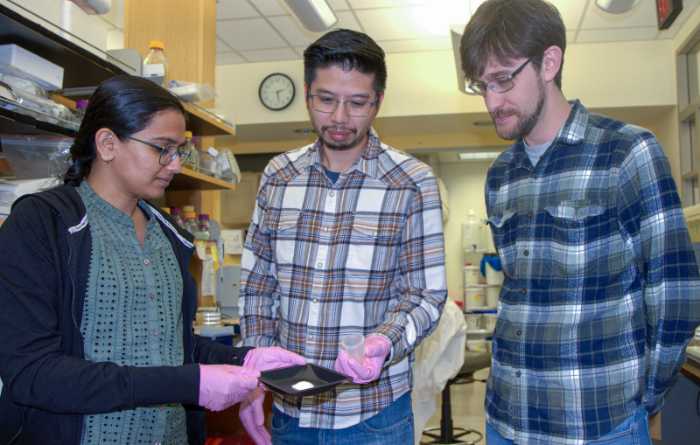
Antimicrobial Innovation: Addressing Toxic Shock Syndrome
Beyond absorption, the team integrated antimicrobial properties into their formulation to address a serious health concern. Included in the powder formula is an antimicrobial polymer to impair the growth of Staphylococcus aureus, a bacterium associated with toxic shock syndrome. This is a rare but potentially fatal illness caused by a bacterial infection related to the use of period products.
“We’ve integrated antimicrobial properties into our product to combat toxic shock syndrome, a global health concern related to the use of commercial menstrual products among women,” Kaur informed Karmactive.
Test results indicate the inclusion of the polymer was effective in inhibiting bacteria, while also not decreasing the blood absorption capability of the powder formula.
Similar Posts
Dual Application: Pads and Menstrual Cups
The innovation works across different product types. For traditional pads, the powder can be sprinkled directly onto absorbent layers. When the powder formula is added to a cotton coil and inserted into a menstrual cup or disc, the blood collected there also turns into a gel, eliminating the mess when removing or changing the cup or disc.
“Even if you invert the cup, the blood doesn’t flow out,” Hsu said. “You remove the powder-containing cotton to empty out the blood. Hopefully this would make it easier to manage a cup when someone’s out and about in a public space.”
Environmental Impact: Biodegradable and FDA-Approved
Environmental sustainability drove much of the research direction. Derived from natural sources, seaweed, and sugar alcohol, the alginate-glycerol powder formulation is biodegradable and safe to use.
“It’s found everywhere in foods and it’s approved by the Food and Drug Administration, so it’s considered safe,” said Hsu. “It is in the boba tea or the cheap sushi you get in restaurants.”
The environmental implications are significant. A year’s worth of disposable pads and tampons generates around 19.62 pounds of CO2 emissions, the same as charging a cell phone over 1000 times, according to period-proof underwear maker WUKA’s estimates. Traditional menstrual products take over 500 years to biodegrade, and each person may use up to 15,000 period products in their lifetime.
“Our research emphasizes the importance of using biodegradable materials derived from renewable resources,” Kaur explained to Karmactive. “One key goal of our projects is to minimize the dependence on petroleum-based products. Alginate, being biodegradable and approved for use in various products, provides an eco-friendly alternative to non-degradable, petroleum-based materials commonly used in commercial menstrual care products.”
Research Challenges and Team Collaboration
The development process wasn’t without obstacles. “The challenges we faced during this study were primarily in the initial stage when we were seeking a solution to address the existing issues related to menstruation health and hygiene products,” Kaur told Karmactive.
The team invested considerable effort in finding the right biopolymer formulation. “Our time initially worked hard to find a biopolymer that could spontaneously form a highly viscous mixture with blood in the absence of clothing factors without actively mixing the polymer solution and the blood,” Kaur informed Karmactive. “We also invested a substantial amount in converting the polymer into a powder formulation that could be adapted to the current menstrual products and easily soluble in blood.”
Due to a shortage of research on menstrual care and period products, Bataglioli and colleagues did not have a base of experimental techniques to draw from and adapt. Instead, they designed many of their methods from scratch.
The collaborative nature proved crucial. “The support of our team with a diverse technical background and the key contribution of the women colleagues from our department contributed to accelerating the discovery and the implementation of feasible solutions,” Kaur explained to Karmactive.
Expert Perspectives and Market Reality
Dr. Carrie Champine, board-certified obstetrician and gynecologist who collaborated with the team, provided clinical context. “Developing new products serves several purposes, including addressing women’s different needs and preferences, promoting sustainability, and addressing leakage and cost issues with current products,” said Champine.
“Leakage is a fear for all users of menstrual hygiene products. All of us have experienced it, leading to embarrassment and missed school days and workdays,” said Champine, who is also an associate dean in the Edward Via College of Osteopathic Medicine. “Users of menstrual products are always looking for products that are comfortable and tailored to their body and flow patterns, with minimal risk of leakage or menstrual product failure.”
However, researchers acknowledge this is early-stage work. “Our paper is a proof of concept,” says Rogério Aparecido Bataglioli, a chemical engineer at Virginia Tech in Blacksburg. Before being used commercially, he says, the materials would need to be assessed for safety and scalability.
Future Research Directions
The team sees this as foundational work for broader innovation in menstrual health. “Our study on naturally derived biomaterials has unveiled important lessons that could shape the future of menstrual health products,” Kaur told Karmactive. “As we have tried to incorporate antimicrobial properties in the formulation, other functionalities can be explored to improve the efficacy or safety of the product.”
Cost-efficiency remains a priority. “More investigation can be done towards employing cost-efficient manufacturing processes to make these products accessible globally,” Kaur informed Karmactive.
The research is funded by Virginia’s Commonwealth Health Research Board, and Hsu sees this as just the beginning of his venture into promoting women’s health issues. Bataglioli is hopeful for new opportunities in the design of menstrual products. “Using biomaterials can expand the potential functionality of these menstrual products.”
“I think women’s health is becoming more and more something people want to research. This is kind of my first step in a series of things to take care of women,” Hsu said.
Looking Beyond the Laboratory
The research team emphasizes user-centered design moving forward. “Further research in menstruation-related products should be based on considering the user’s needs or requirements,” Kaur explained to Karmactive. “By sustainability, enhanced functionality, and broader accessibility, the next generation of menstrual products can be more environmentally friendly, effective, and accessible to women worldwide.”

While commercial availability remains uncertain, the proof-of-concept published in Matter journal represents progress in an often-overlooked field. The combination of leak prevention, infection reduction, and environmental sustainability addresses multiple concerns that have persisted for decades.
For people who menstruate, this research offers hope that century-old products might finally get the innovation they deserve. The transition from laboratory to market will require additional safety testing, manufacturing scale-up, and regulatory approval, but the foundation has been established for what could become a significant advancement in menstrual care technology.
1. What are the primary benefits of the new menstrual health innovations discussed in your research?
Our research is primarily aimed at enhancing the quality of life for women by developing new materials for menstrual health and hygiene (MHH). We are introducing an eco-friendly (biodegradable) solution to alleviate the common issues of existing MHH products, such as leakage and spillage. Our biopolymer-based formulation solidifies the menstrual blood through gelation, which significantly reduces leakage and spillage. Moreover, we’ve integrated antimicrobial properties into our product to combat toxic shock syndrome, a global health concern related to the use of commercial menstrual products among women.
2. Could you elaborate on the challenges faced during the development and implementation of these products?
The challenges we faced during this study were primarily in the initial stage when we were seeking a solution to address the existing issues related to menstruation health and hygiene products. Recognizing the impact of menstruation on women’s quality of life, we aimed to develop an effective new formulation while being environmentally conscious.
This is a two-year project effort, and every single step has its challenges. We initially worked hard to find a biopolymer that could spontaneously form a highly viscous mixture with blood in the absence of clothing factors without actively mixing the polymer solution and the blood. We also invested a substantial amount in converting the polymer into a powder formulation that could be adapted to the current menstrual products and easily soluble in blood. The support of our team with a diverse technical background and the key contribution of the women colleagues from our department contributed to accelerating the discovery and the implementation of feasible solutions.
3. How do these innovations align with environmental sustainability goals?
Our research emphasizes the importance of using biodegradable materials derived from renewable resources. One key goal of our projects is to minimize the dependence on petroleum-based products. Alginate, being biodegradable and approved for use in various products, provides an eco-friendly alternative to non-degradable, petroleum-based materials commonly used in commercial menstrual care products.
4. What lessons have been learned that could shape future research and development in menstrual health products?
Our study on naturally derived biomaterials has unveiled important lessons that could shape the future of menstrual health products. Our study highlights the potential of biodegradable materials for developing eco-friendly menstrual products. As we have tried to incorporate antimicrobial properties in the formulation, other functionalities can be explored to improve the efficacy or safety of the product.
More investigation can be done towards employing cost-efficient manufacturing processes to make these products accessible globally. Further research in menstruation-related products should be based on considering the user’s needs or requirements. Thus, by focusing on sustainability, enhanced functionality, and broader accessibility, the next generation of menstrual products can be more environmentally friendly, effective, and accessible to women worldwide.
